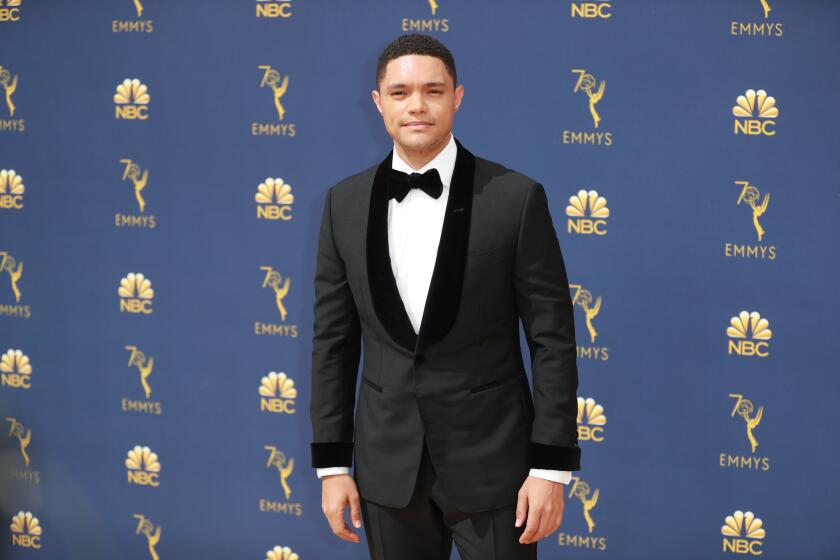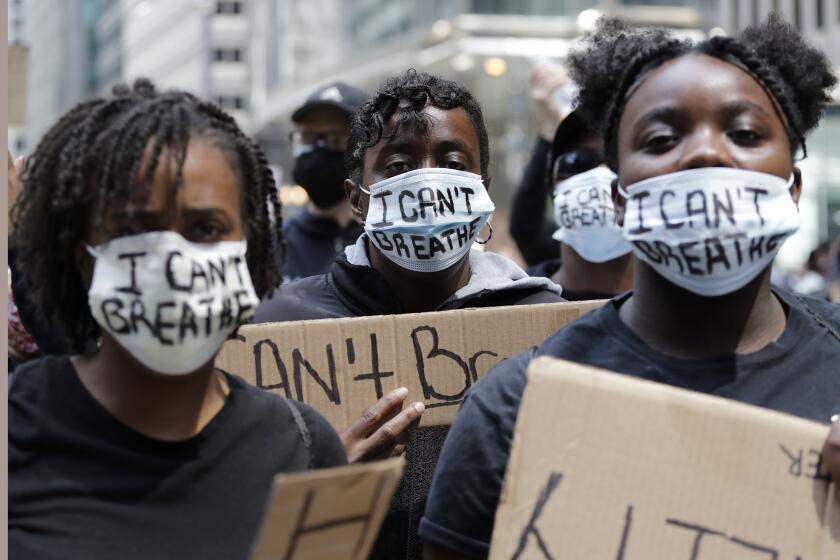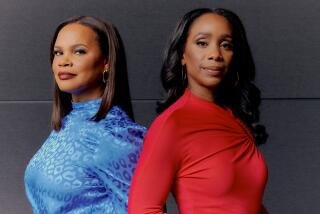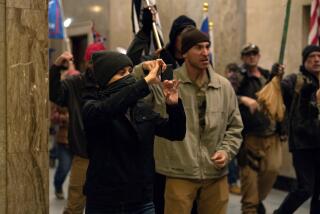Cable news is no match for the George Floyd moment. Here’s why it’s failing
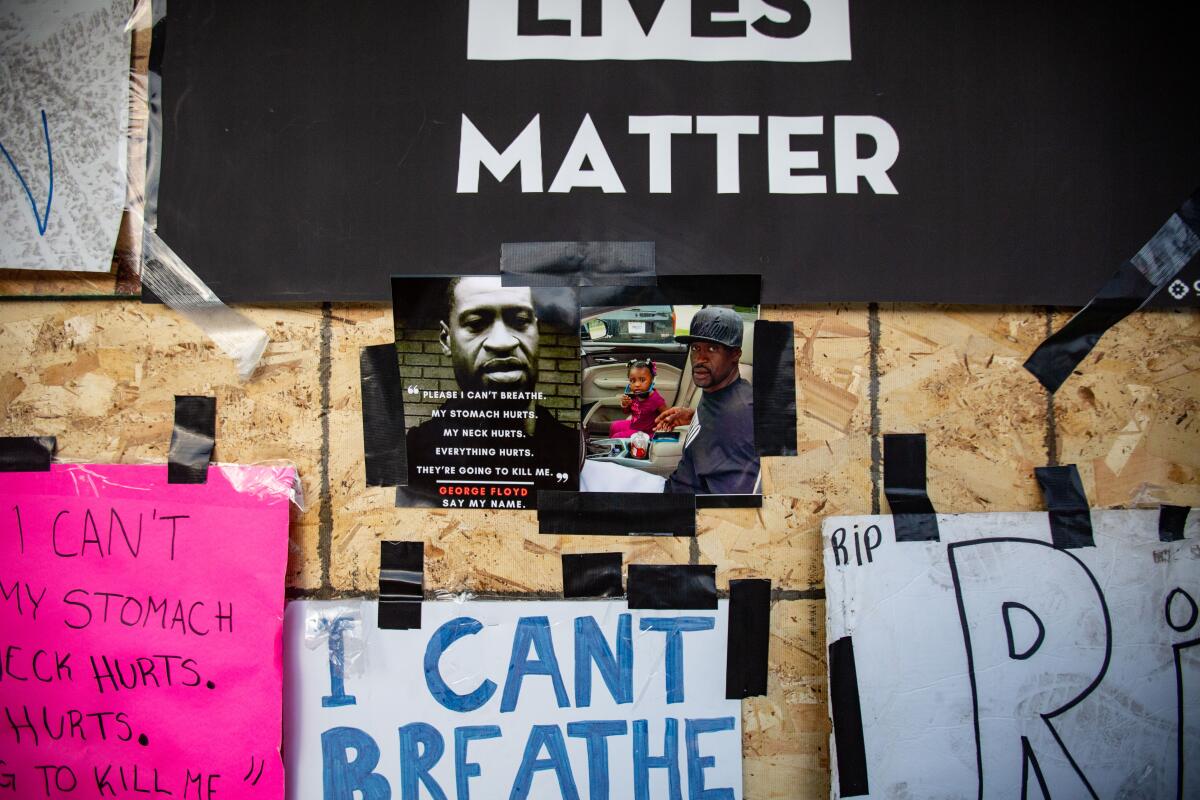
- Share via
We are somewhere near the beginning, middle or end of a period that’s being called civil unrest — “intensified consciousness” might say it as well — following the killing of George Floyd, a black man, by a white policeman (or policemen) in Minneapolis. Television, of course, has put it all on TV.
There is the near view, and the far one. Seen from helicopter height, as is often the case in a city where every TV station has its chopper, the protest and pandemonium make abstract patterns, idly interesting studies in collective motion — the police in neat formations (until they aren’t), the demonstrators a pulsating mass (until they scatter). Cameras zero in wherever the action seems exciting or unsavory. The local model for this aerial reporting/entertainment is the high-speed chase, a desperate situation seen from a lordly remove, stripped of all but the barest context. One delightful bit of helicopter footage: protesters dancing in formation in front of L.A. City Hall.
On the street, reporters describe crowds as “peaceful” or “mostly peaceful” or “formerly peaceful,” and we are invited to judge them as a group, just as we might weigh a people, or a generation, in a way that doesn’t much enlighten us about the individuals who comprise it. By the same token, it would be a mistake to ascribe identical thoughts to every cop, behind their visored eyes, as if they were unitary, like the Borg. Some may be as bad as you imagine — there are the pictures to prove it — and others much better than those pictures suggest. There are 8 million stories in the naked city, as the old tag line goes, and no two are exactly alike.
Near and far: Like COVID-19, with which it is inescapably entangled, this uprising against systemic racism and military force among the police is a local story, and a national one — “America in Crisis,” declares CNN’s Wolf Blitzer, as crisis music plays in the background. It has common roots, deep, old ones, but plays out differently from place to place, person to person, day to day. It’s hard to get a hold of, whole. Television struggles to make sense of it but can’t quite keep up.
Facts are facts. George Floyd’s death has been declared a homicide; protests across the country go on, in some cases attracting those with unrelated agendas; police have fired tear gas and rubber bullets into crowds and punched and beaten journalists and protesters, at times without apparent provocation, and at times with clearly no provocation. There has been looting. A Louisville restaurant owner was shot and killed by law enforcement; a Las Vegas policeman was shot in the back of the head and is in critical condition. Peaceful protesters were forced away from the White House with tear gas so the president could have his picture taken in front of a church, brandishing a Bible in such a way as to suggest that he might bring it down on someone’s head. (A promotional film was also produced.)
Trevor Noah, Beyoncé, Jay-Z and Jane Fonda are among the latest celebrities to condemn George Floyd’s killing as protests ripple across the country.
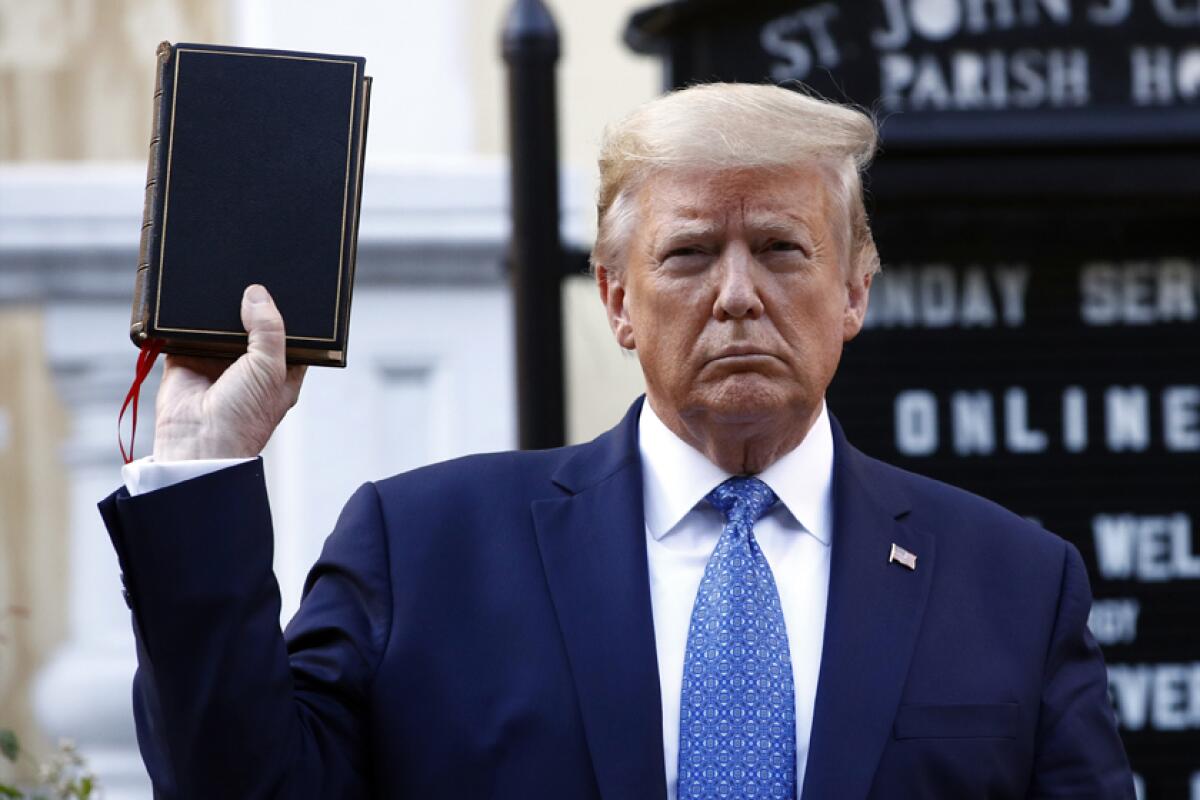
You can take your own measure of rage, indifference or satisfaction from these facts. But the truth is something different and greater. It’s made of facts but superior to them. Facts are dry; the truth is rich. (The fact is the planet is getting hotter; the truth is, we are in trouble.) We deal in facts, hopefully, but we inhabit the truth, like it or not. Facts can be established, quickly or eventually, but the truth — or truths — is harder to capture, and to communicate. You can’t contain it in a narrative.
It doesn’t help that the noisy presentation of television news, especially cable news, has an exhausting, deadening effect on a viewer: It all becomes a blur of speculation, opinion, posturing, repetition and even passion, after a while — not even a long while — presented in a frame cluttered with chyrons and windows and split screens. Events can be obscured by their very reporting. Even on different networks, hosts grab from the same bag of often obvious questions, which elicit often obvious answers. I don’t want to say it’s unhelpful — there is information there, and sometimes the obvious question is the one that most needs to be asked — but it feels inadequate, unequal to the moment, confused, floundering. Perhaps it’s appropriate.
I don’t mean to accuse any particular person of doing a poor job; like any viewer I find some broadcast journalists more and some less congenial. This failing feels structural; it may simply be beyond the capacity of news as we know it to tell this story, or any complicated evolving story, however many on-the-street encounters and interviews with public officials any network might air.
Fox News, of course, spins everything to the right, blaming the violence on the left, spinning conspiracy theories and painting the president as a hero. But they are not alone in warping the story. MSNBC’s Lawrence O’Donnell pointed out on his “The Last Word” on Monday that in addition to the protests, “our cameras are also chasing criminal behavior pretty much wherever they see it. We have a tendency to overemphasize it, because wherever we find it we tend to send the cameras there; so don’t misunderstand the proportions.” But it is easy to misunderstand them when that’s what you’re being served. Conflict always pulls focus.
What started all this was a single, citizen-recorded video of George Floyd dying under a policeman’s knee on a Minneapolis street. Its power, if that is the right word, is its clear-cut brutality; however many extenuating odds and ends some may try to attach to it — Floyd had a heart condition, there were drugs in his blood — there is no denying what happened there.
Perhaps that’s why the response to current events I’ve found most affecting, thought-provoking and memorable is a video posted May 29 by late-night host Trevor Noah on Comedy Central’s “The Daily Show” YouTube channel under the title “George Floyd, Minneapolis Protests, Ahmaud Arbery & Amy Cooper,” which has already been viewed more than 7 million times — a viral video about viral videos. Recorded on a phone in pandemic isolation, it is more soliloquy than monologue; there is some bitter humor, but nothing in the way of jokes. It is off the cuff but rhetorically coherent; casual but serious; private and public; intimate and epic. It covers a lot of ground, but from a single, personal viewpoint. It is not a production.
The main concern of black people right now isn’t whether they’re standing three or six feet apart, but whether their sons, husbands, brothers and fathers will be murdered by cops.

“Hey, what’s going on everybody,” he begins. “You know what’s really interesting about what’s happening in America right now is that a lot of people don’t seem to realize how dominoes connect, how one piece knocks another piece that knocks another piece and in the end creates a giant wave.” And he knocks them down for you.
Noah’s “first domino” is Amy Cooper, who called the police on Christian Cooper (no relation), after he asked her to leash her dog in Central Park: “What we saw in her was a really, really powerful, explicit example of understanding racism in a structural way … ‘I know that you’re afraid of interacting with the police because there is a presumption of your guilt because of your blackness; I know that as a white woman I can weaponize this tool against you and I know that by the time we’ve sifted through who was right or wrong, there’s a good chance you will have lost in some way, shape or form.’”
Moving on, by way of Ahmaud Arbery, “against the backdrop of coronavirus,” he comes to Floyd: “I don’t know what made that video more painful for people to watch — the fact that that man was having his life taken in front of our eyes, the fact that we were watching someone being murdered by someone whose job was to protect and serve, or the fact that he seemed so calm doing it.”
That leads him to the “social contract,” and its repeated violations: “We understand in society that if you lead by example there is a good chance that people will follow the example you have set. And so if the example law enforcement is setting is that they do not adhere to the laws then why should the citizens of that society adhere to the laws?” And from there to the looting: “Maybe it would help you if you think about that unease that you felt watching that Target being looted. Try to imagine how it must feel for black Americans when they watch themselves being looted every single day, because that’s what’s happening in America.”
You could call it dramatic. Pumped up and polished and cut to two minutes, it’s the sort of speech the weary hero makes at the climax of a Frank Capra movie. News anchors are performers on whom even sincerity can come off as a pose, and who often affect a kind of professional omniscience. But Noah, a thinking comedian, is only speaking for himself, an individual working through ideas he can’t keep quiet about.
More to Read
The complete guide to home viewing
Get Screen Gab for everything about the TV shows and streaming movies everyone’s talking about.
You may occasionally receive promotional content from the Los Angeles Times.
